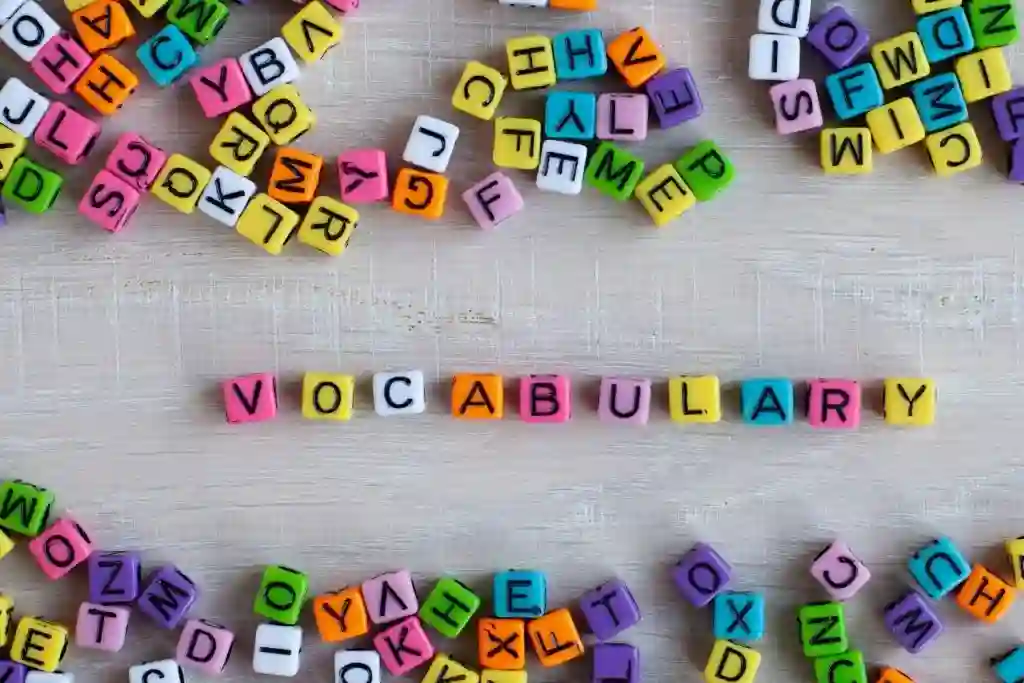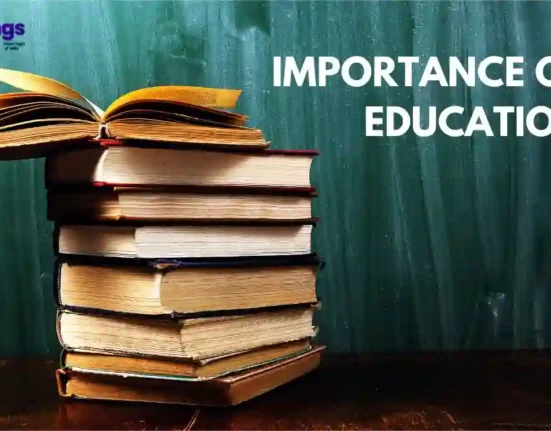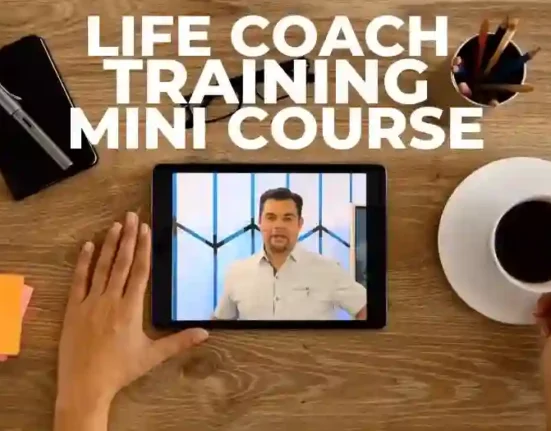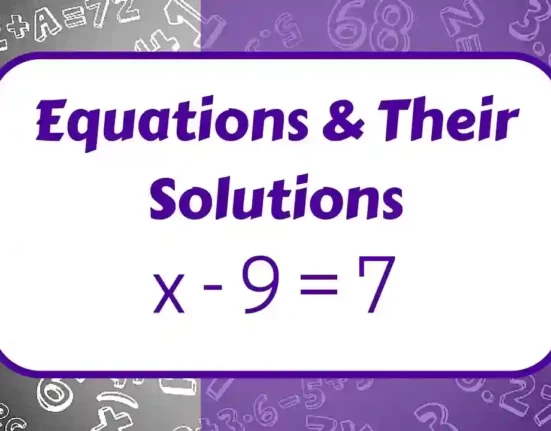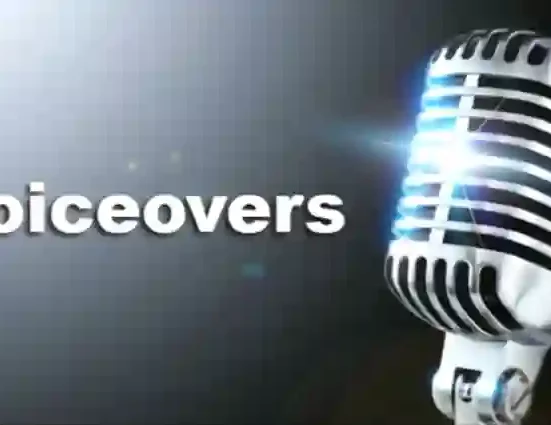The technologies development has greatly streamlined. Along with all the advantages, it has drawbacks. One of them is the influence on the ability to memorize new information and write correctly. What for, if you can find any details with a few clicks on the smartphone, and special software can check your writing and correct it. Unfortunately, these tricks have short-term effects and do not lead to language proficiency. Keep in mind these best techniques to enlarge the vocabulary and speak a foreign language like a native speaker.
Capture in Memory by Writing Down
The human brain is similar to a computer. It has short- and long-term memories. All the information, which is not used right away, goes automatically to the core memory and will be placed here until you make a hard effort to pull it out. For this reason, the learning process involves taking notes among other techniques. Have you noticed that without notes you can recall only 5-10% of what you have heard in class? Therefore making notes is not a teacher’s whim, but an effective tool of information perception.
Foreign words are especially hard to remember. Often we hear them in context and have only an approximate understanding of their meaning. It is crucial to take notes of such words and write the possible meaning. Right after class, work through this list with the dictionary to correct the spelling and find the exact translation. An important hack here is to complete this exercise on the same day the notes were taken. Boosting the vocabulary is possible only by enlarging it with synonyms.
Add Visual Component by Using Mind Maps
If you are a visual learner and the only way for you to remember something is to draw it, then mind mapping would be a perfect solution to apply. This technique is based on grouping the words by the categories or meaning groups. As an example, imagine the human body from the English language books, where all the parts are named with the equivalent words in English. This is a very primitive example of a mind map, but it applies to everything and can have various visual designs. A mind map can be drawn with a pen on a small piece of paper or on a big poster in case the topic involves a lot of elements. Recently with the growth of online education, the offer of digital tools has grown as well. Miro is one of the options to make a digital visualization. You can access such an online mind map anywhere as long as your smartphone is with you. It can be easily shared with the learning friends or even used in class.
Good Old Flash Cards
Sticky or condensed notes, flesh cards, you name it. Probably this technique is the widest spread among language learners. It involves at the same time mechanical and visual forms of memorizing. The core of this method is in creating cards with the word on one side and the definition or translation on another. This methodology allows learning the words anywhere in different combinations. For a better effect, teachers recommend putting these cards around the house in prominent places like the fridge, cupboard, doors. This way the most difficult words will catch the eye every time you are busy with a routine around the house.
This approach is used not only for learning a foreign language but also for native speakers while preparing for state language exams. Suh a ready to go sets can be bought in the bookstores or printed out. For tech geeks, we recommend installing the apps. Quizlet is a digital answer to old fashioned flash cards. It has already created sets grouped in themes, but you can also create your personal study sets.
Applying New Words in Practice
Without the practical part, your vocabulary will turn into dead weight. Once you learn a new word, say it out loud just to hear how it sounds and to get a feeling of it. Later your brain will percept it as something familiar and will pop it up in the conversation.
For better results, apply new words into the conversation immediately after you’ve learned them. You will be surprised how easy it is to tight the newly memorized vocabulary into the small talks and fit in the right words. It also has a side effect, your language will sound more vivid and complex.
Mnemonics is a Vocabulary Booster
Mnemonics is connected with our association imagination. It is heavy artillery in the buttle with new words memorizing. When some words are especially difficult to remember, it is recommended to build an associative combination for them. It can be linked to another word, which sounds or writes similarly, reminds of something, brings other feelings or emotions. Capture this association and stick it to the new word. Next time you hear it, this association will come to your mind and you recall the meaning. The key of this method is imagination, so along with learning vocabulary, it is a good way to develop creativity.
The vocabulary extension brings a person to the next language level. Cramming will not provide the desired results as it doesn’t give an understanding of how to implement new words into the live conversation. Approach learning with creativity and turn it into an enjoyable process for the blowing mind outcomes.



